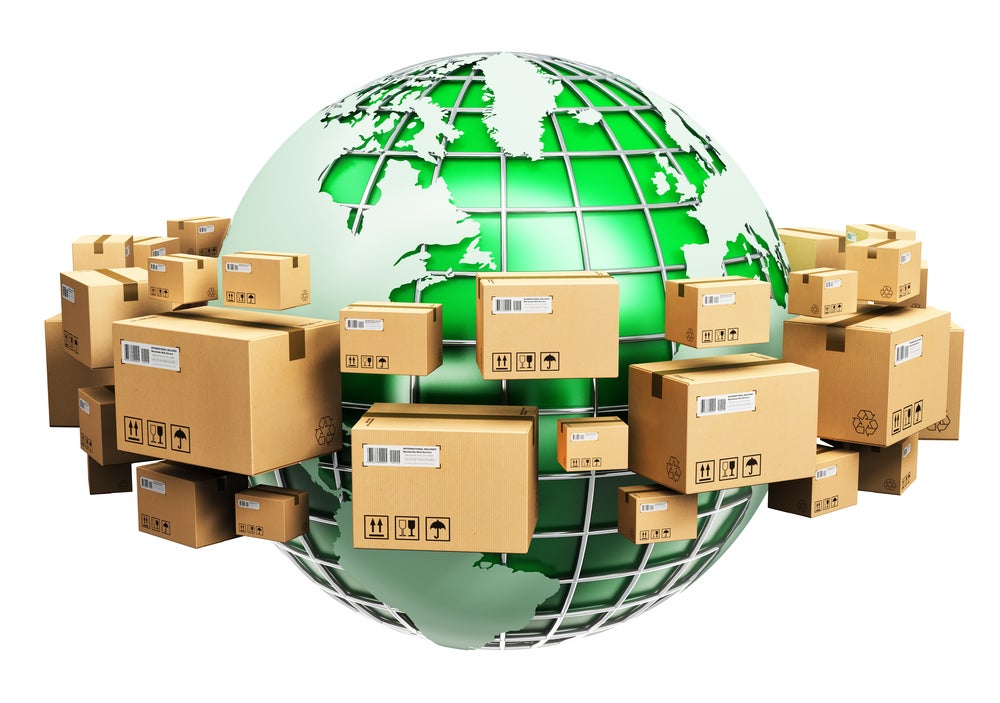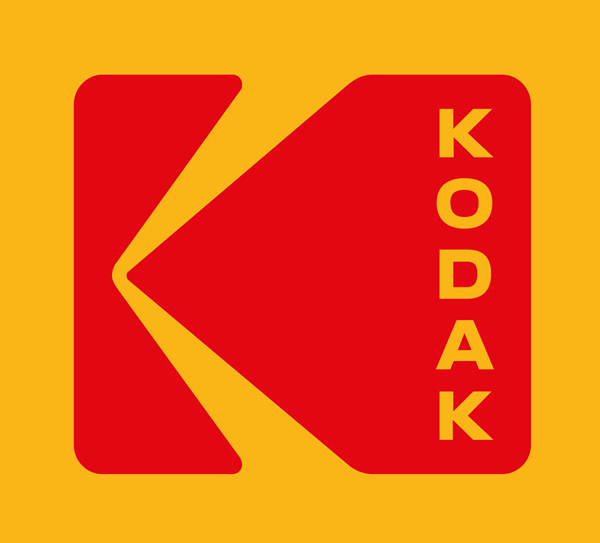
Sustainability is a central focus for businesses. As companies face growing pressure from both consumers and regulators to reduce their environmental impact, packaging innovation has emerged as a critical frontier. “As consumers become more environmentally conscious, they are increasingly seeking products with sustainable packaging and becoming more aware of what is sustainable and what is not,” says Dan Riendeau, Strategic Business Unit Director for Consumer Packaging and Corporate Sustainability at Flexcon, a material sciences company. “Companies are responding by prioritizing sustainability in their packaging strategies.” Amid a shift to eco-friendly materials such as paper-based packaging and water-based inks, businesses are reimagining how they package their products.
Today, Kodak provides a range of products and services that support businesses in creating high-quality printed materials. With a rich history of technological advancements, Kodak is working closely with partners to create eco-friendly solutions that meet the growing demand for greener packaging. Known for its commitment to quality and innovation, Kodak is driving change in the industry by exploring new materials and technologies that reduce environmental impact while maintaining high-performance standards.
Reducing quantity and elevating quality
The push for sustainable packaging often starts with a reduction in the amount of material used. This approach not only cuts down on waste but also minimises the carbon footprint associated with manufacturing and transportation. Vicki Strull, a packaging designer and strategist, notes that “rightsizing the shipping material for the product” is a critical step in reducing excess waste. She highlights examples such as Nike’s minimalist paper-based packaging, which reduces material use while engaging consumers through a QR code that connects them to the company’s sustainability efforts.
In addition to reducing material usage, innovations in materials themselves are crucial. The shift from multi-material to mono-material solutions, such as mono-polypropylene (PP) and polyethylene (PE) laminates, is gaining traction. These materials are easier to recycle, addressing one of the major challenges in sustainable packaging. Laurent Chantraine, business development manager at Jindal Films Europe, a Kodak partner, explains that these mono-materials “allow brand-owners to shift their packaging structures to mono-material PP or PE laminates.” Their compatibility with recycling processes could see them become essential in sustainability strategies.
The rise of eco-friendly alternatives
One of the most significant trends in sustainable packaging is the move towards eco-friendly materials such as paper-based packaging and water-based inks. These materials offer a greener alternative to traditional packaging options that rely on petroleum-based plastics and inks.
Kodak’s partnership with substrate and post-coating fluids suppliers has led to increased use of water-based inks in place of UV and solvent-based systems. This shift both reduces environmental impact and bolsters compatibility of inks with adhesives and overprint varnishes (OPVs), resulting in higher performance and reduced waste.
Similarly, the development of barrier-coated papers for flexible packaging has garnered attention. These papers are designed to replace traditional plastic and aluminium-based materials, offering a sustainable alternative without compromising on functionality and are being implemented successfully in various sectors, including food and beverage packaging.
Expediting sustainability
Printers recognise they need new tools to optimize packaging processes and enhance sustainability. The best of these tools can streamline production workflows, reduce manual interventions and increase efficiency. Turnaround times can be expedited and quality assured by optimizing everything from file preparation to final output. By integrating novel, rules-based systems, print companies can enhance productivity and minimize errors, ultimately improving profitability and customer satisfaction.
New solutions are hitting the market that do just this. KODAK Spotless Software, for example, is tailor made to improve printing sustainability and efficiency. The software enables the substitution of spot colors with precise 4- to 7-color process recipes, allowing for significant cost savings and operational efficiencies – without compromising on visual impact or color accuracy. Eliminating the need for spot colors makes ganging jobs easier than ever and slashes setup times. And, integrated with KODAK PRINERGY Workflow, Spotless Software offers can automate processes to ensure consistent color accuracy across multiple designs. By minimizing waste and reducing dependency on specialized inks, this can amp up print sustainability even further.
Overcoming challenges in sustainable packaging
Implementing sustainable packaging solutions is not without its challenges. One of the primary obstacles is balancing sustainability with cost-effectiveness. As Chantraine points out, transitioning to mono-material recyclable solutions often requires significant capital expenditure for equipment modifications. This can be a daunting investment for companies, particularly when the return on investment is not immediately clear.
Another challenge lies in maintaining the performance and durability of packaging while making it more sustainable. Strull emphasises the difficulty of finding materials that are both eco-friendly and functional, particularly in industries like food and beverage, where packaging needs to meet strict regulatory standards.
However, collaboration across the value chain can help overcome these challenges. By partnering with suppliers and leveraging their expertise, companies can ensure that sustainable solutions are implemented effectively. Understanding why different types of packaging end up in one waste stream instead of another is critical for maximising sustainability – but can only be done if all stakeholders work in tandem. As Riendeau says: “collaborating across the value chain and partnering with suppliers to leverage their
sustainable subject matter experts can allow for a more holistic approach.” This approach is crucial as brands navigate the complex regulatory landscape and consumer expectations.
Sustainability is complex. Comprehensive Life Cycle Assessments (LCAs) are needed, considering, carbon footprints, effluents and other environmental impacts to paint a precise picture of a material’s green credentials across its entire supply chain. Such an analysis underscores the importance of balancing sustainability with overall packaging performance; whether your firm’s future is plastic or paper-based, taking a collaborative approach to make this analysis as robust as possible is critical.
Consumer demand driving change
Consumer demand is a powerful force driving the shift towards sustainable packaging. As consumers become more environmentally conscious, they expect the brands they support to reflect their values. This demand has prompted companies to prioritise sustainability in their packaging strategies. As Strull says, “Without consumer demand, I don’t think we’d be having such a robust conversation or implementation of sustainable packaging.”
Brands are responding by not only adopting sustainable materials but also using packaging as a platform to communicate their environmental efforts. For instance, Blueland, a company that produces eco-friendly cleaning products, has innovatively removed water from its formulas. This reduces the weight and volume of its products, leading to lower transportation costs and a smaller carbon footprint.
Looking ahead: The future of sustainable packaging
Ongoing innovations in materials and processes, alongside increased regulatory stringency, will underpin rapid developments in sustainable packaging’s future. As the industry moves towards a circular economy, where materials are reused and recycled rather than discarded, the role of sustainable packaging will become even more critical.
Emerging trends include the rise of digital printing, supporting sustainable outcomes via waste reduction and data-driven production cycles. Automated workflows that connect brands to production processes are also becoming more prevalent, enabling quicker decision-making and reducing errors. And optimization opportunities on offer from AI-driven analytics are sure to reshape the industry over the coming years. Riendeau says these solutions are “increasingly being utilized” already in the world of sustainable labelling, with the benefits including “enhanced precision, reduced material usage, lower costs, and a smaller environmental footprint.”
Regulatory shifts, particularly in Europe, are expected to further drive the adoption of sustainable packaging. Policies such as the Extended Producer Responsibility (EPR) programs assign producers the responsibility for the end-of-life management of their packaging, incentivising companies to design more sustainable solutions.
Sustainable packaging is no longer a niche concern—it is becoming the standard expectation for consumers, businesses and regulators alike. By embracing innovations in materials, leveraging software solutions to optimize processes and collaborating across the supply chain, companies can meet and exceed these expectations, contributing to a more sustainable future.


